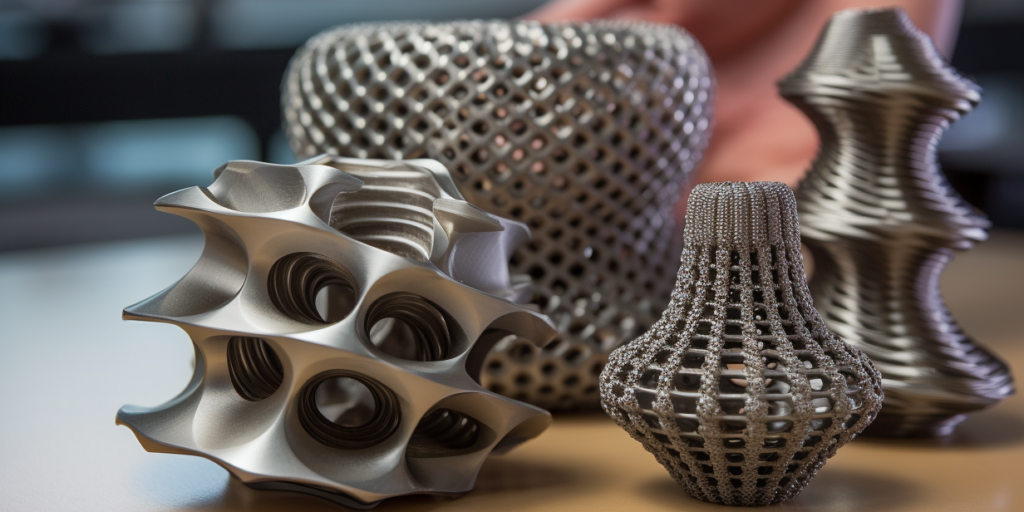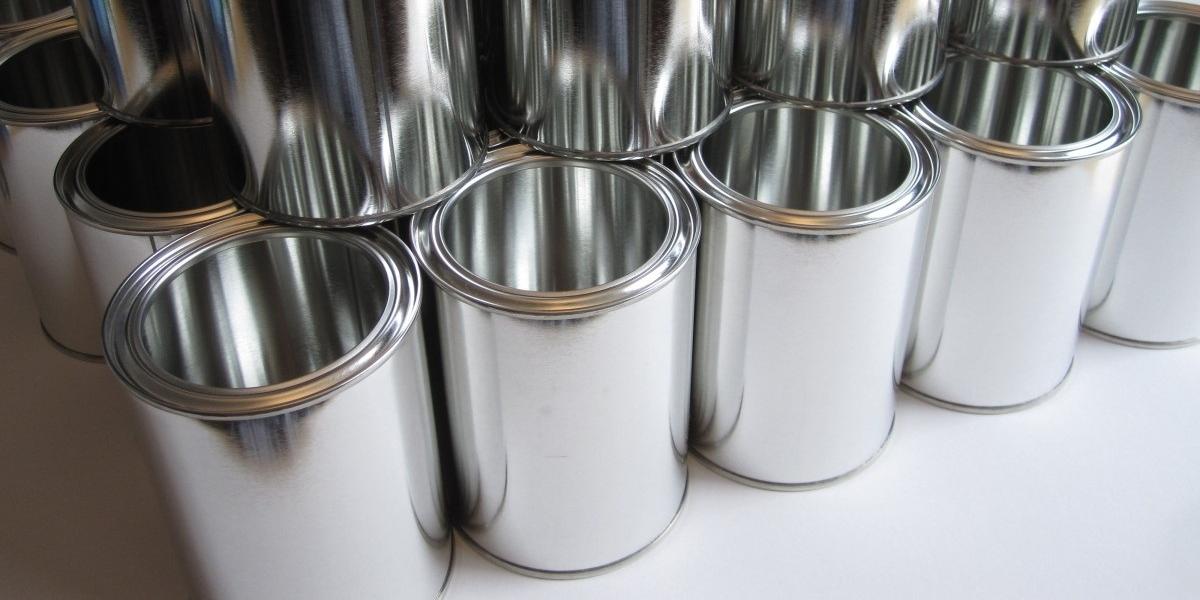A letter from a fan comes in this piece. The reader said that he had seen workers slowly warm up and then cool down pieces of work in a workplace. He was interested in the method but didn’t know what to name it.
Now You know the answer: it’s called annealing.
What is the Purpose of Annealing?
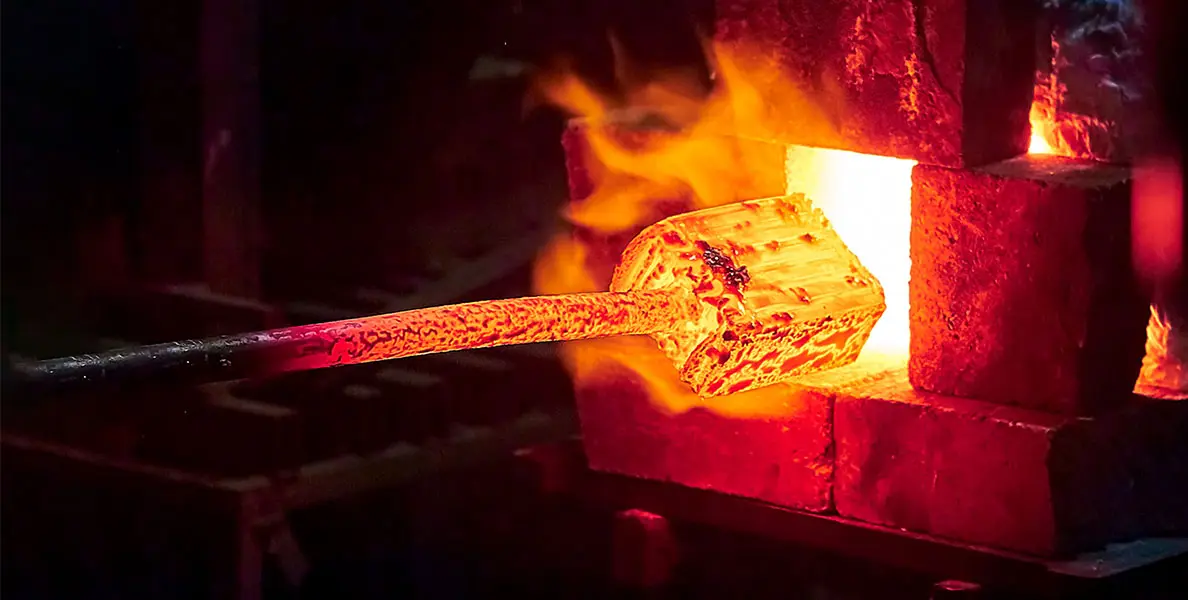
In this part, let’s figure out why metal is heated and then cooled.
Definition of Annealing
Annealing is a heat treatment process used in manufacturing. It alters a material’s physical and sometimes chemical properties, most commonly metals and glass.
The main purpose of annealing is to:
- Reduce hardness
- increase the ductility
- help relieve internal stresses
- Rearrang atoms within the crystal lattice
This is achieved by heating the material to a specific temperature, holding it at that temperature for a designated period, and then gradually cooling it down.
Advantages of Annealing
- Good machinability: it can significantly enhance the ductility and malleability of materials, making them easier to work with in manufacturing processes
- Improve workpiece performance: It can reduce internal stresses, improve overall structural integrity and performance
- Raise mechanical properties: The process also helps refine the microstructure, resulting in a more uniform grain size.
Disadvantages of Annealing
- Oxidation risk: The exposure of materials to high temperatures during annealing can lead to oxidation or other forms of surface degradation if not properly controlled
- High Cost: The process can be time-consuming and energy-intensive, increasing production costs
- High technical requirements: Improper annealing can lead to unwanted changes in the material properties, potentially compromising the desired characteristics
The Process of Annealing
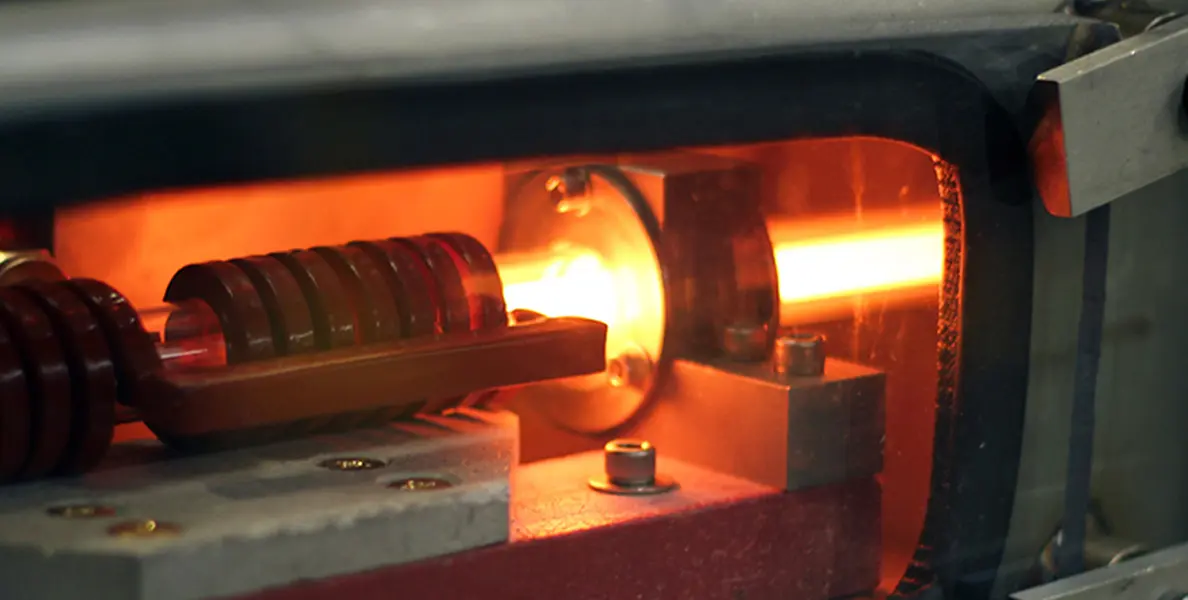
In this part, let’s see how annealing works.
Key Steps Involved in the Annealing Process
The key steps in this process include:
- Heating: Heating the material to a specific temperature
- Preservation: Holding it at that temperature for a designated period
- Cooling process: Allow it to cool down gradually
Heating and Cooling in Annealing
Heating
- In internal structure: Heating allows for the redistribution of internal stresses and promotes the formation of a more stable microstructure.
- In the heating phase: It softens the material(reaches a temperature typically above its recrystallization point), making it easier to deform and work with
Cooling
The subsequent cooling phase is equally important:
- It must be done slowly to prevent the introduction of new stresses
- Allows for the formation of a more uniform crystal structure
- Enhancing the material’s ductility and reducing hardness
- Improving its overall performance in various applications
Safety Measures in Annealing
During the process, safety measures should be considered to protect personnel and equipment:
- Proper ventilation: Essential to avoid the buildup of harmful gases released during heating
- Using personal protective equipment: Heat-resistant gloves and goggles are crucial to mitigate risks associated with high temperatures
- Standardize operation: Implementing strict adherence to safety protocols and ensuring that all equipment is well-maintained can significantly reduce the likelihood of accidents
Temperature Control During the Annealing
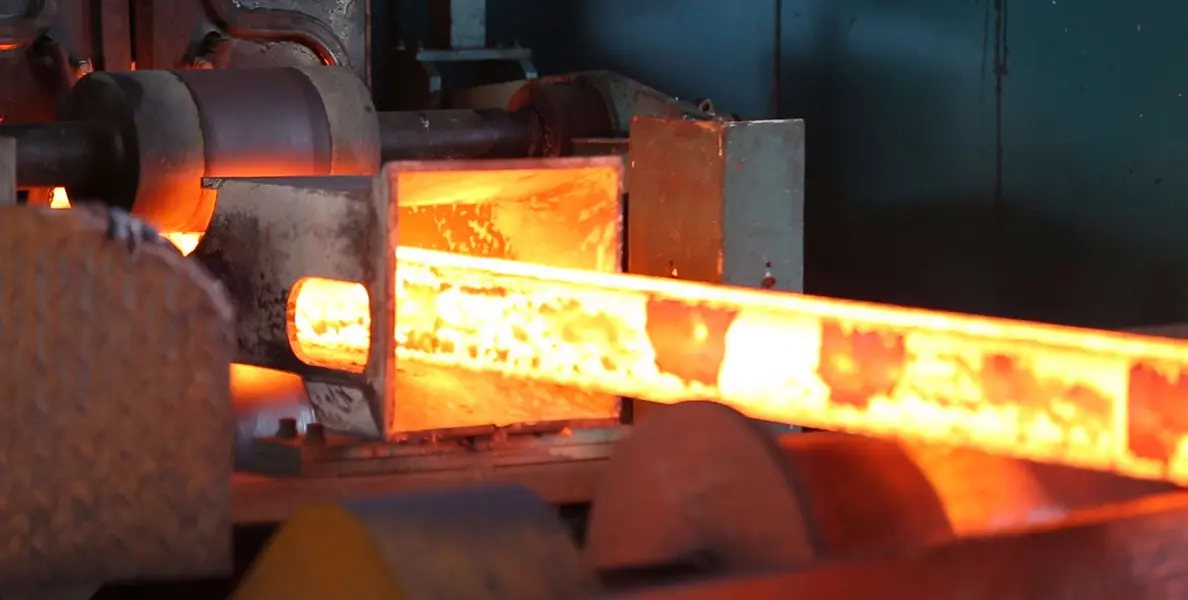
In this part, I’ll explain how the temperature of the metal affects the process.
Typical Temperature Range for Annealing Metals
The annealing involves heating metals to a specific range that varies depending on the type of metal being treated.
- Steel: Between 550°C to 700°C
- Aluminum: Around 300°C to 500°C
- Copper: in the range of 600°C to 800°C
How Does the Duration of Heating Affect the Outcome?
The duration of heating during the annealing is equally significant.
A longer heating time allows for:
- Complete recrystallization and grain growth
- Better material properties
However, excessive duration can result in over-annealing, which can impact the metal’s:
- Unwanted strength
- Undesirable hardness
Therefore, optimizing temperature and duration is essential for achieving the desired mechanical properties and performance in the final product.
What Role Does the Cooling Rate Play in Annealing?
The cooling rate significantly influences the microstructure and mechanical characteristics of the material.
A slower cooling rate often:
- Promotes the formation of more stable phases
- Reducing internal stresses
- Enhancing ductility
Meanwhile, a rapid cooling rate can lead to:
- Brittleness
- Unwanted residual stresses
How to Determine the Optimal Parameters for Specific Materials?
To establish the optimal parameters for specific materials, several factors must be considered, such as:
- Composition
- Thickness
- Prior thermal history
There are many different ways to determine parameters, here are examples of two of the more common ones:
- Advanced techniques: Including differential thermal analysis and empirical testing. It can help identify the ideal temperature ranges and cooling rates that promote the desired phase transformations.
- Simulation models: They can assist in predicting the outcomes of various annealing scenarios. It also ensures the annealing is tailored to achieve the best performance characteristics for each unique material.
Specific Applications of Annealing Metals
Annealing is a crucial heat treatment process that significantly enhances the properties of various metals, particularly:
- Steel
- Copper
- Aluminum
Steel
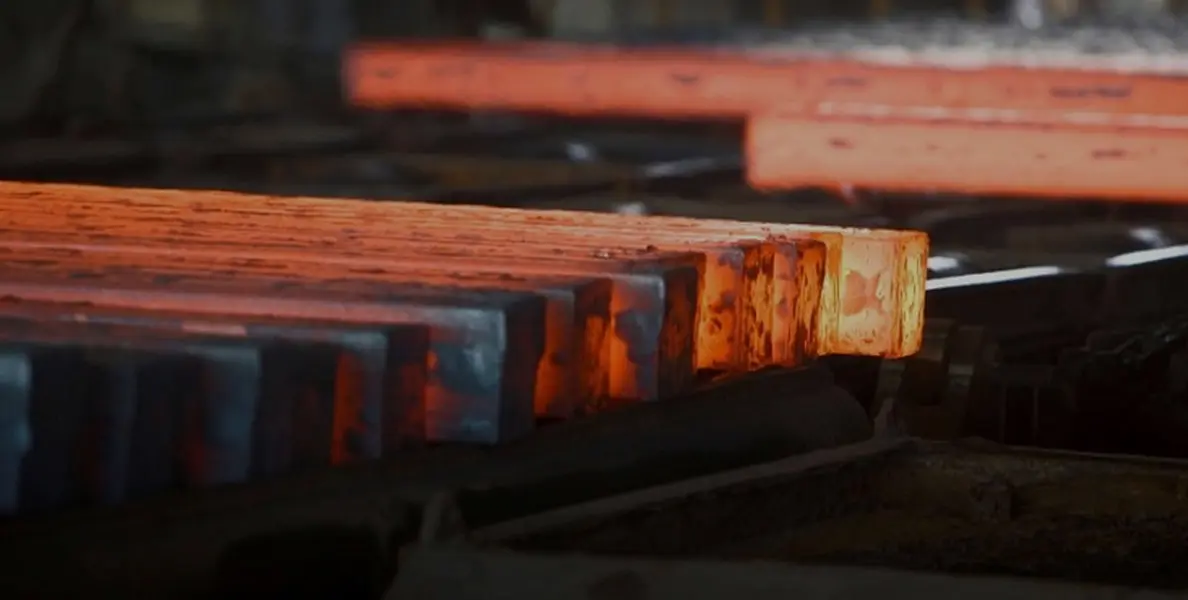
In the case of steel, this method effectively:
- Alters the microstructure of the steel
- leading to the relief of internal stresses
- Refine the new grain structure
The treated steel exhibits:
- Enhanced toughness
- Greater resistance to cracking
Copper and Its Alloy
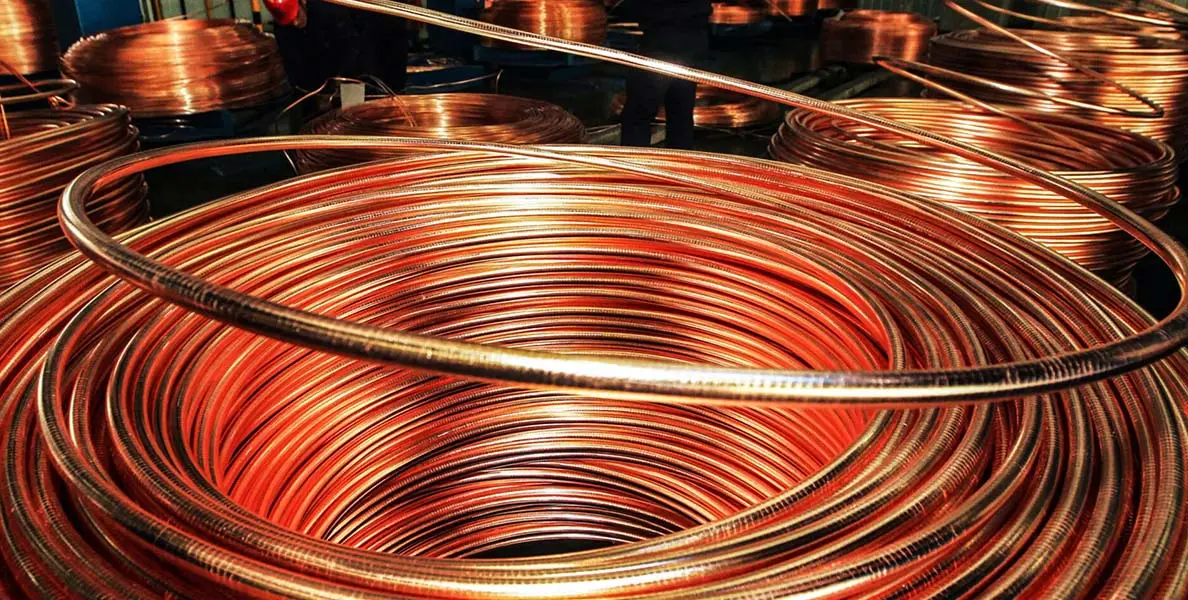
For copper and its alloys, the specific benefits of annealing include:
- Increased ductility
- Improved electrical conductivity
- Reduced hardness
This makes annealed copper ideal for:
- electrical wiring
- Plumbing
- Decorative items
Aluminum
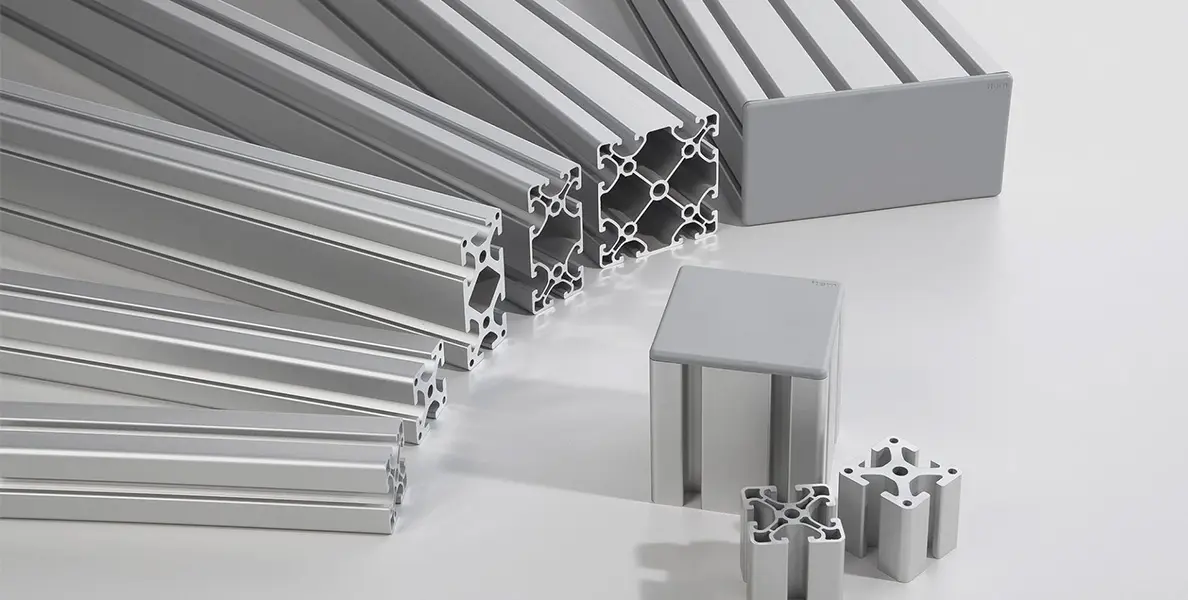
In the case of aluminum products, annealing serves to:
- Relieve internal stresses that result from fabrication processes
- Improves the workability and formability
- Making aluminum easier to shape and mold
- Enhances the corrosion resistance
- Extending the lifespan of components
Its products are widely used in:
- Aerospace
- Automotive
Conclusion
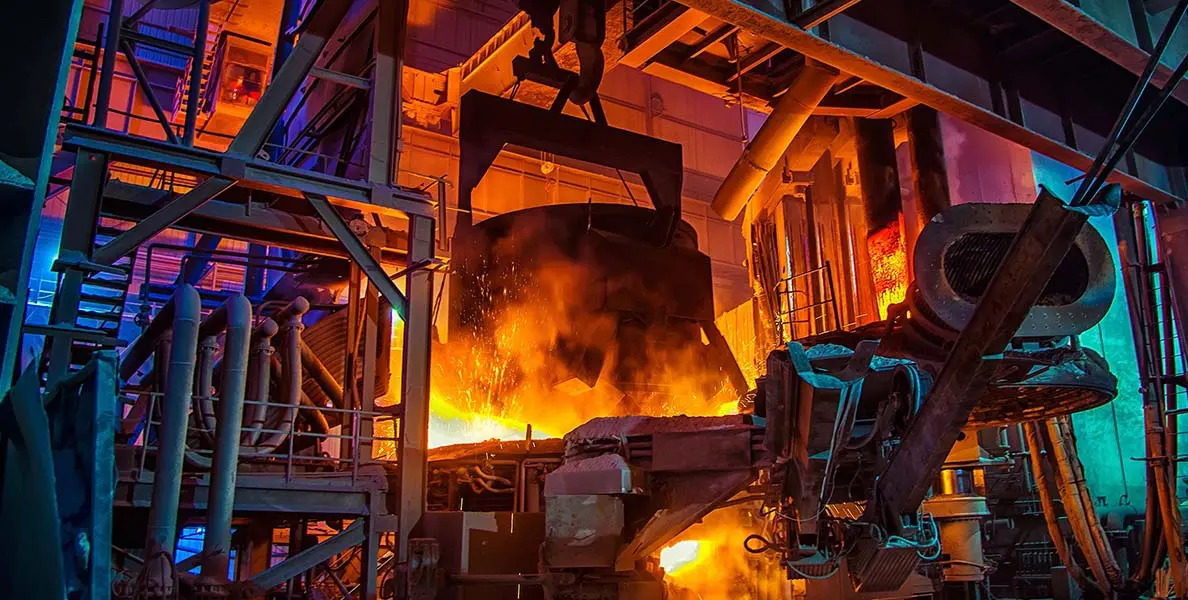
In conclusion, annealing is a technique with a significant impact on metal fabrication. Controlling the critical temperature of the material, annealing reduces harness, increases performance, and affects the properties of metal workpieces.
Where can I get Annealed Metal Parts?
You should trust XMAKE. As a leading digital manufacturing platform, our suppliers and experts are skilled in different stages of annealing.
We can use annealing with the desired temperature and offer you metal components with excellent quality.
FAQS
Q1: What is the significance of the annealing temperature?
A: The annealing temperature is critical as it determines the effectiveness of the annealing process. This temperature typically lies below the melting point of the metal chosen based on the desired properties. For example, the recrystallization temperature and the specific types of metal.
Q2: Can cold working influence the annealing process?
A: Yes, cold working increases the dislocation density within a metal, which makes it harder and more brittle. Annealing can help reverse these effects by allowing atoms to diffuse and rearrange themselves, resulting in a more ductile and workable material.
Q3: What are the different types of annealing processes available?
A: There are many different types of heat treatment processes for annealing, including process anneal, complete annealing, diffusion annealing, and isothermal annealing. Each type is tailored to achieve specific desired properties in the metal being treated.
Q4: How does annealing reduce the magnetic properties of certain metals?
A: Annealing can alter the internal structure of metals, including their crystal lattice and dislocation arrangements, which can lead to changes in their magnetic properties. This is particularly relevant in ferromagnetic materials, where the treatment can reduce residual magnetism.
Q5: How does the annealing process differ for materials like brass and carbon steel?
A: The annealing process varies for different metals due to their unique properties and compositions. For instance, brass may require different annealing temperatures and cooling rates compared to carbon steel to achieve the desired results in terms of ductility and hardness.
Q6: What is the relationship between annealing and work hardening?
A: Work hardening occurs when a metal is deformed at room temperature, increasing its hardness and strength but reducing ductility. Annealing is used to reverse work hardening by heating the metal to a temperature where recrystallization occurs, thereby restoring its ductility and lowering hardness.
Reference
- Annealing process explanation (with flow chart)|Industry News| Stainless steel seamless pipe bright solid solution_Stainless steel pipe bright annealing manufacturer-Luoyang Yungong Induction Heating Equipment Co. (n.d.). http://www.lyyggp.com/home-newsinfo-id-230.html
- Classification and Application of Common Annealing Processes for Steel | Selection of Heat Treatment Methods for Parts | Structural Design of Parts. (n.d.). https://www.mechtool.cn/partstructure/partstructure_selectionofpartsheattreatmentmethod.html


